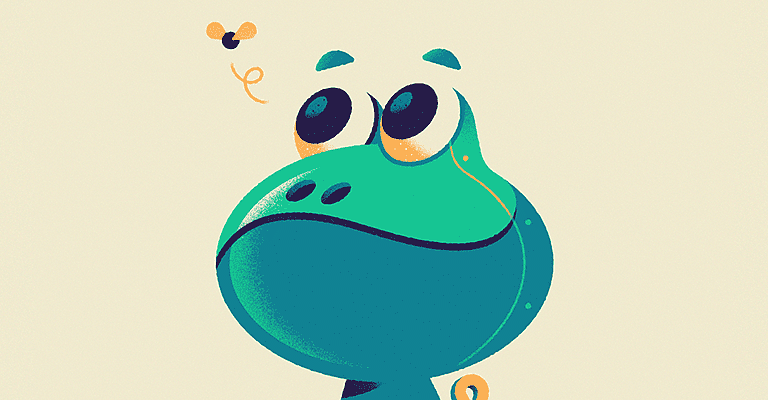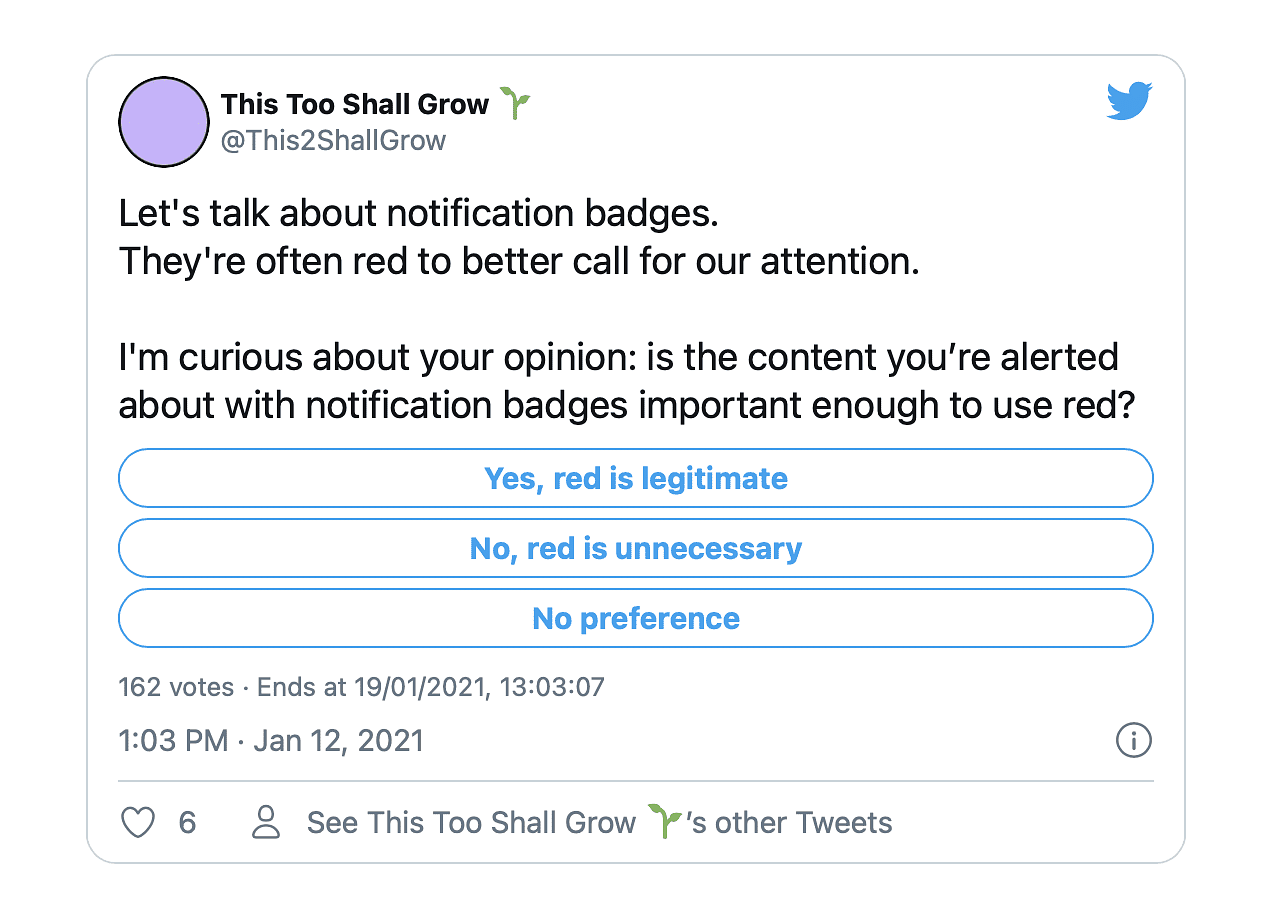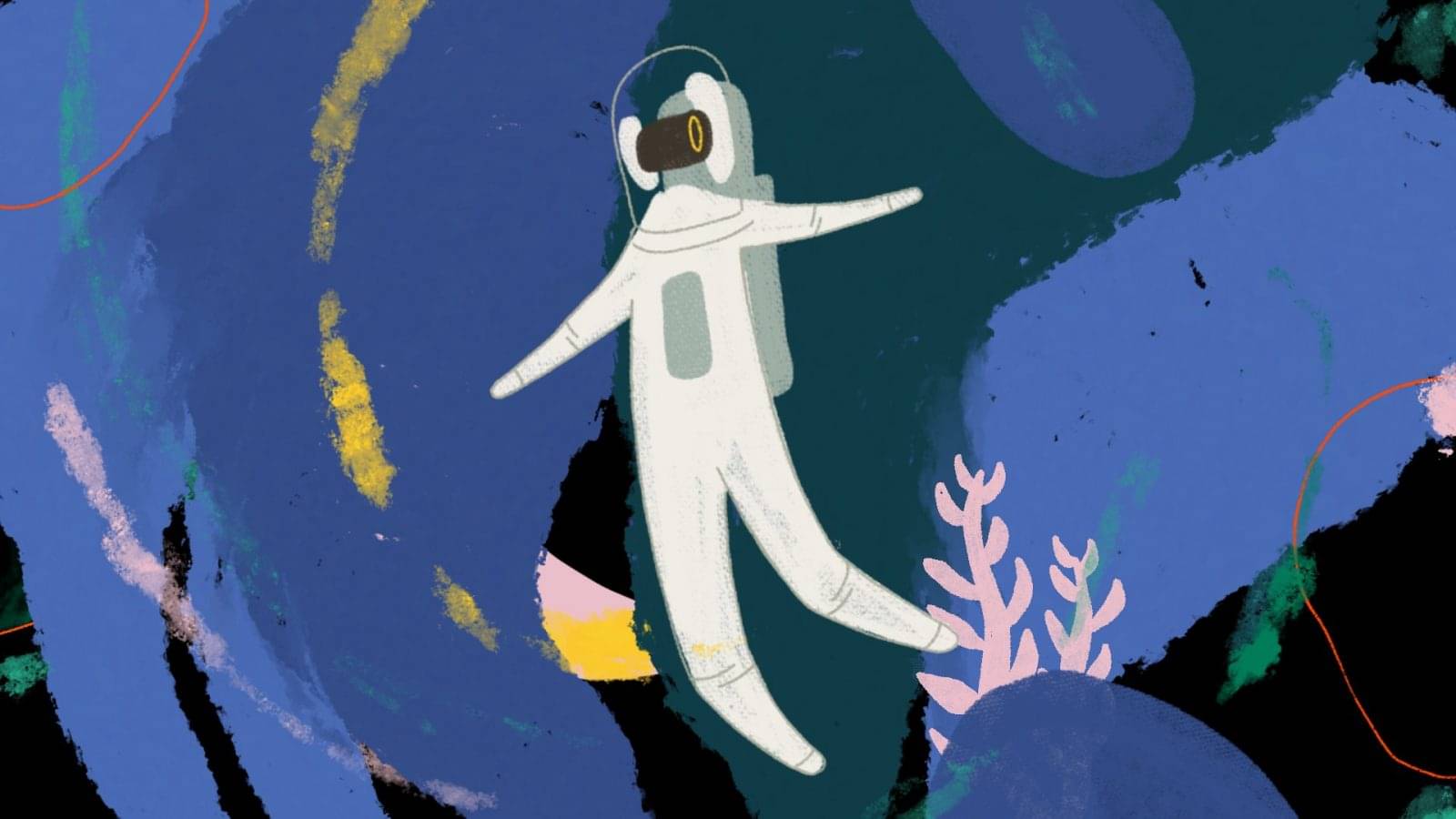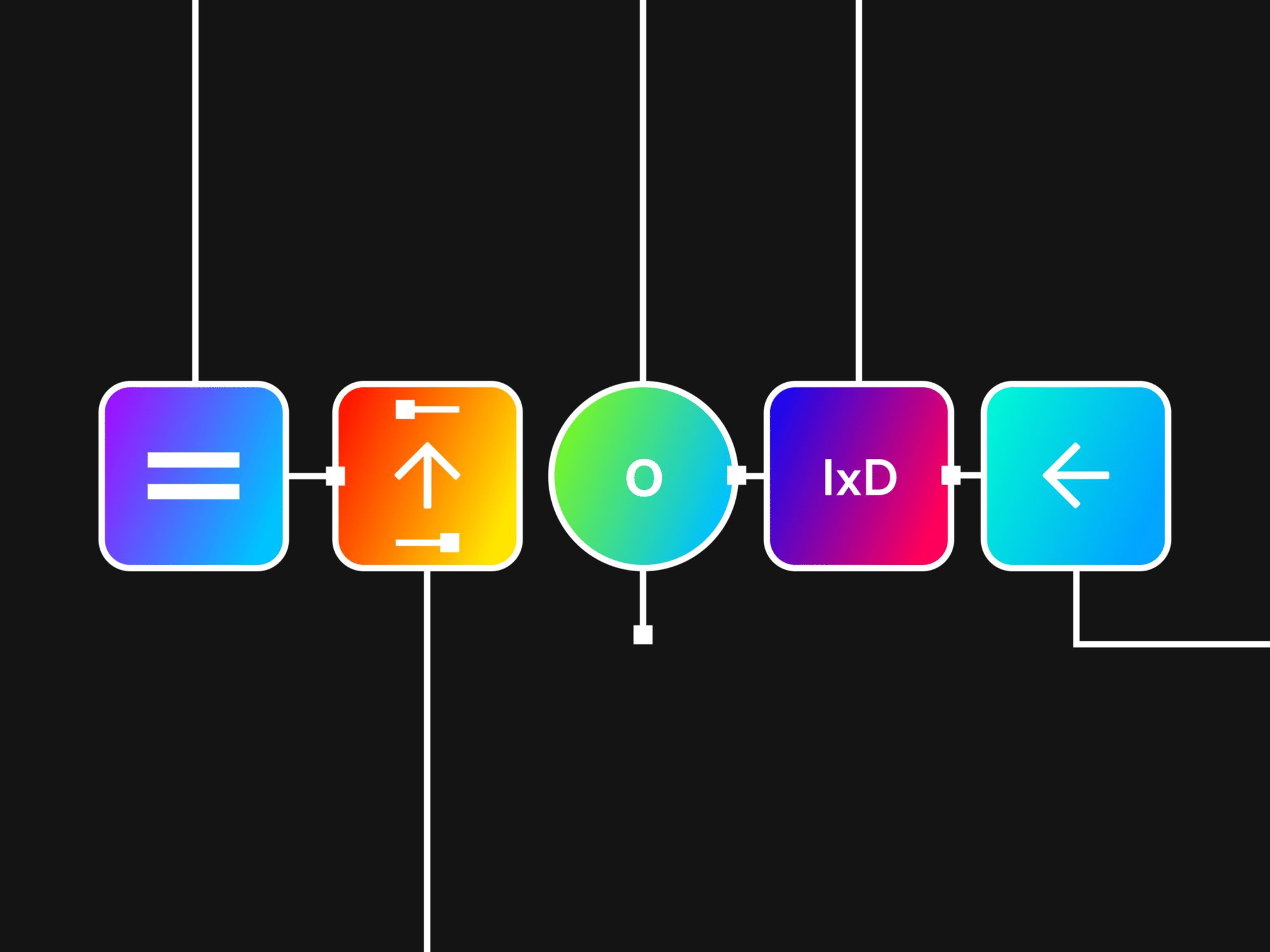A lesson in staying curious
There’s this great quote I read in Neil deGrasse Tyson’s Astrophysics for People in a Hurry that went something like “the foundation of a research-based mind is ignorance.” Honestly, I was listening to the audiobook, which accounts for my uncertainty of the exact wording, but it’s the idea that’s fascinating, regardless of diction. I often use this “quote” as an opener when delivering talks on UX to help set the stage for an open-minded, curious approach to understanding the basic principles of a typical user experience mindset.
But that nugget of wisdom from The Grass aside, I’ve found no more dynamic of a way to illustrate the differences between users and user experience professionals—and the roles we play within the context of product research and development—than with a good old-fashioned fable.
Fables are short stories that teach moral lessons, often using animals or anthropomorphized, inanimate objects as the central characters. They’re an oral tradition of folk literature that’s existed for thousands of years, but nevertheless convey lessons and ideas that are still relevant. The Frog and the Centipede is one of those numerous tales that is particularly pertinent in today’s self-service, everyone-as-a-user economy. And I’ll tell you why, but first, it goes like this:

Letter
The Frog and the Centipede
One day a frog was leaping through the forest and encountered a centipede, and was immediately entranced by the harmony and organization behind the centipede’s movements. So he stopped to take it all in, marveling at the amazing ability the 100-footed insect had to time and coordinate all of those legs into precise, graceful movements.
The frog felt ordinary for having to maneuver only two arms and two legs. So, hoping to be enlightened, the frog said to the centipede (and I’m paraphrasing since I wasn’t actually there for the conversation): “I’m most impressed by your ability to closely synchronize all those legs of yours. I could never do that the way you do. Would I be out of line if I asked you, how in the world do you do that?”
And the centipede said, “I’ve never bothered to think about it.”
Determined to come up with a better answer, she started to think through the motions. But the more she thought about it, the more it complicated the whole process. She wasn’t really sure how she did it. Now confused, she tripped over herself when attempting to walk, which led to frustration and an eventual inability to move. The centipede was an uncoordinated mess.
Meanwhile the frog looked on, not knowing what the hell to do.
Eventually the centipede was so embarrassed that she got up without thinking and quickly, and smoothly, ran home.
The Moral of the Story
The lesson we learn is: Analysis = paralysis. When we think too much about the actions we need to perform—what should come naturally to us—our mind can trip us up. The centipede (our user in this fable) overthought what came naturally to her, and she was correct in her final assessment: I don’t know how I do it and I don’t want to know. I just want to do it.
The frog, on the other hand, is naturally inquisitive and curious, like a user experience professional. He sees something that he finds fascinating and questions it, because he wants to understand it. Not so he can do it himself, but so he has a deeper understanding of what makes the “thing” work.
So I guess my spirit animal is a frog now, because I love living in this analytical, problem-solving culture (of UX product development) that embraces question asking. Not just the obvious ones, but the stupid ones as well, because we value things that work smoothly and logically. Any time we analyze details, question the way things work, or just observe people (or insects), we’re collecting data on everyday interactions and strengthening our level of understanding.
Approaching problems with embraced ignorance—by first assuming we know nothing—and an inquisitive mind allows us to dig beneath the surface of those problems. That’s how we learn to empathize; to understand how people think and act.
Embrace Your Ignorance
You see, to be able to connect with our users—to understand their pain, emotions, or needs—we have to experience them first. In his book Don’t Make Me Think (published way back in 2000) Steve Krug wrote: “Your goal should be for each page or screen to be self-evident, so that just by looking at it the average user can say ‘I get it.’” So that understanding goes both ways: It’s our job to think, so our users don’t have to.
The Frog and the Centipede also teaches us how much we can learn by just being observant. The next time you use something—make an in-app purchase, order at a drive-thru, visit your local library—keep your mind present and scan the actions you perform, consider behind-the-scenes tools, and reflect on successes and failures you have interacting with products and processes. Don’t be afraid to ask others about shared experiences and analyze their opinions, while staying open to alternative viewpoints. At the same time observing other people and the way they interact.
All of these actions feed into our database of experiences and help develop the right UX mindset.
Before you kick-off that next project, do yourself a favor and assume you know nothing. Embrace ignorance. Reject knowing and strive for understanding so you can really get into the hearts and minds of your users.






